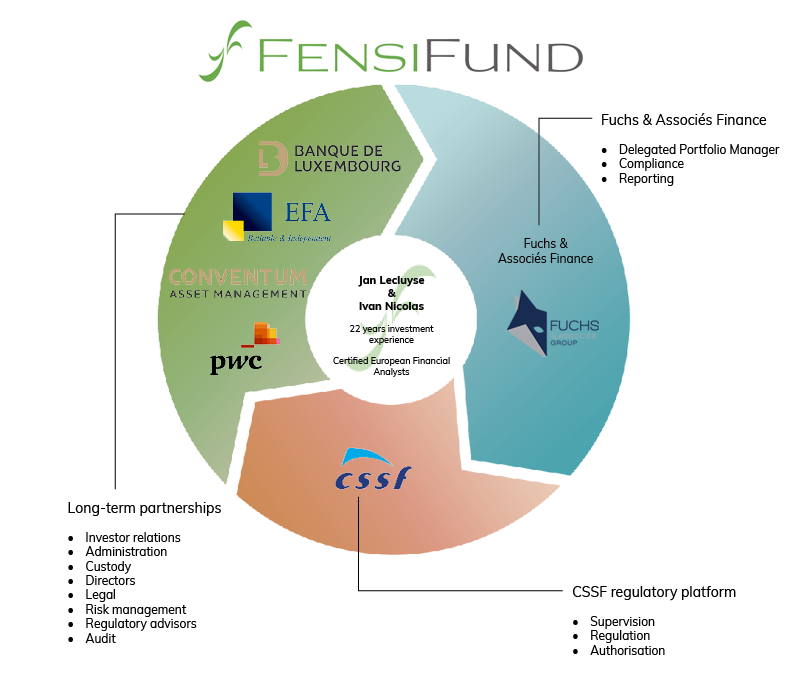First, we are investing in a specific sub-theme: medical technology. On one hand, there is biotechnology that allows to develop treatments to previously incurable diseases, to develop new treatments with less side effects than existing treatments, to develop a new diagnostic tests for early detection of diseases in order to treat them more efficiently and without any delay,... Instead of investing in big companies that are very sensitive to market fluctuations, we decided to invest in small drug discovery companies (some in form of private equity) which offer more potential with a limited risk due to the large diversification in investments. Apart from biotechnology is the sector of medical technology which is less popular among investors, even if it is of considerable importance. There are continuous evolutions in medical devices (pace makers, MRI, scanners, implants, surgical equipment,…), which is source of growth in a traditionally defensive sector.
Finally, we are investing in robotics. This theme will be the 3rd industrial revolution. Robotics is not only about robots, but also about software, tools and sensors which will allow robots to accomplish tasks that will no longer look like sci-fi within the next few years. However this will not only be an industrial revolution. It will change many aspects of our life: medicine (see above), cars, leisure…


 In the long run, small companies have always been better performers than big ones.
In the long run, small companies have always been better performers than big ones. Climate change and environmental protection are forcing people to change their consumption habits
Climate change and environmental protection are forcing people to change their consumption habits With the new Basel III rules, banks will have to strengthen their core capital
With the new Basel III rules, banks will have to strengthen their core capital The world never stops changing. Technological change that is taking place is a source of many investment opportunities. We have different partners to invest into this theme.
The world never stops changing. Technological change that is taking place is a source of many investment opportunities. We have different partners to invest into this theme.